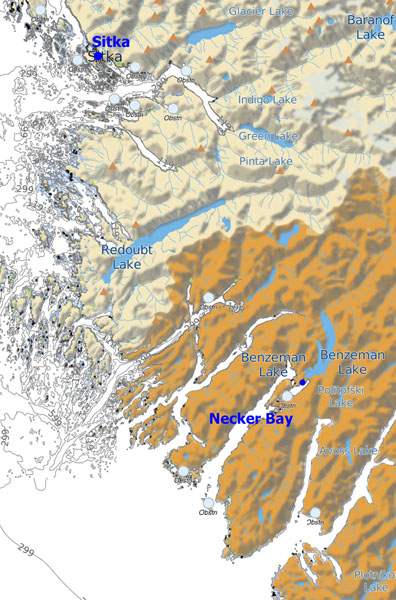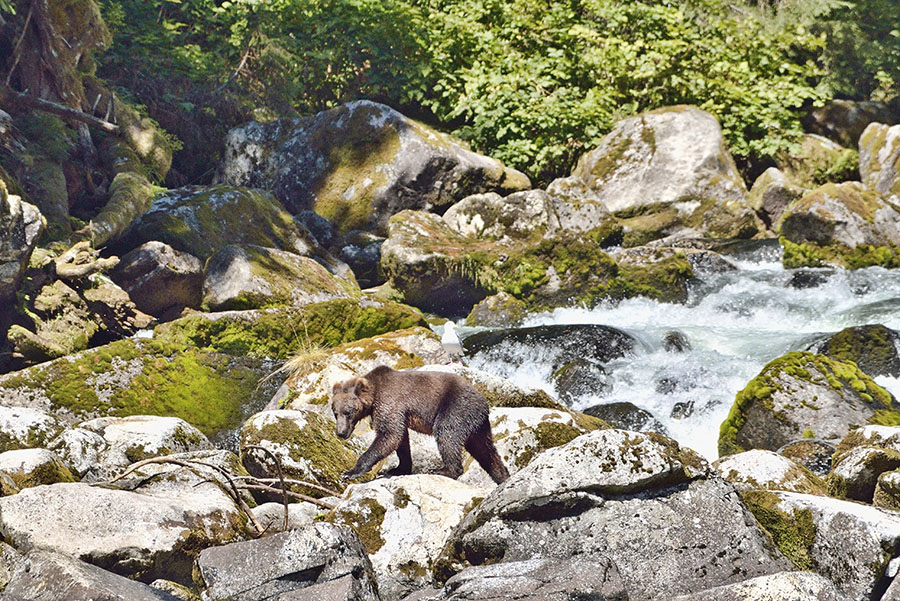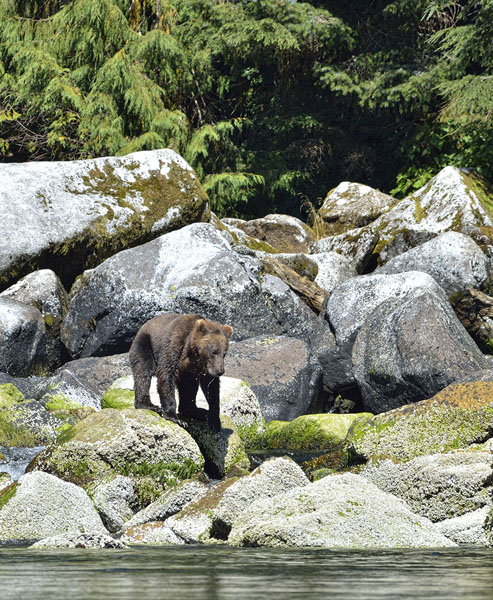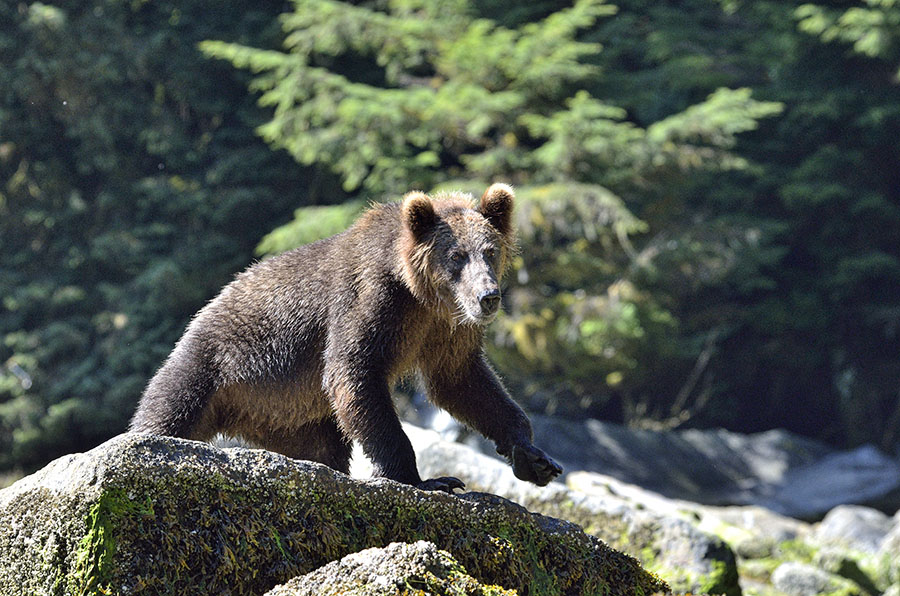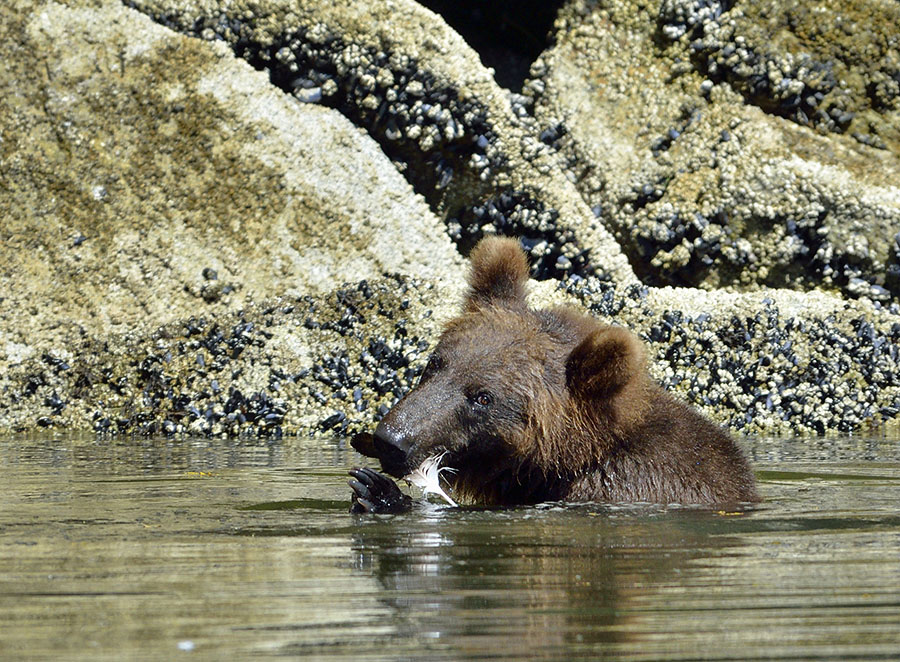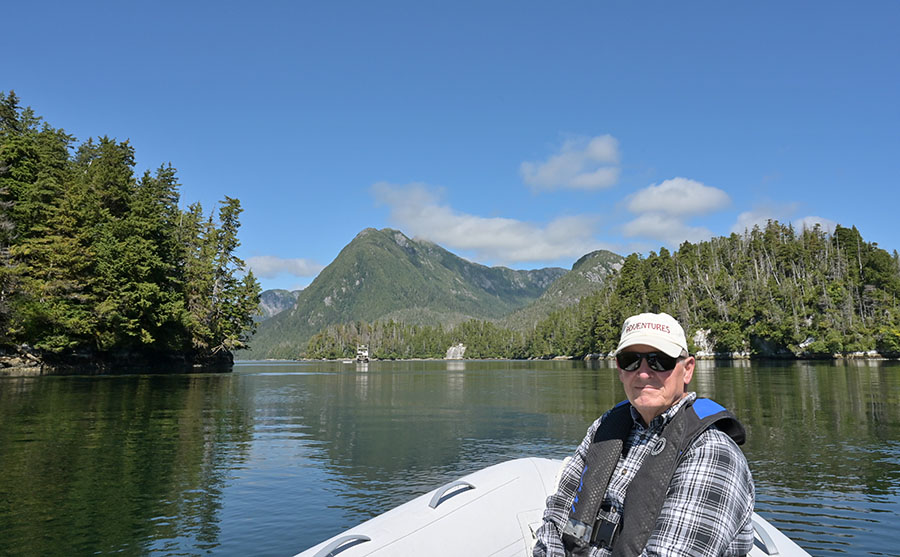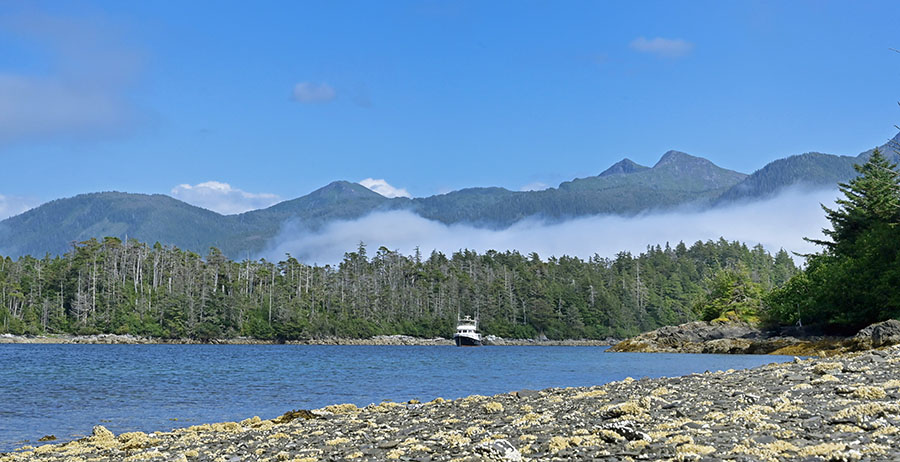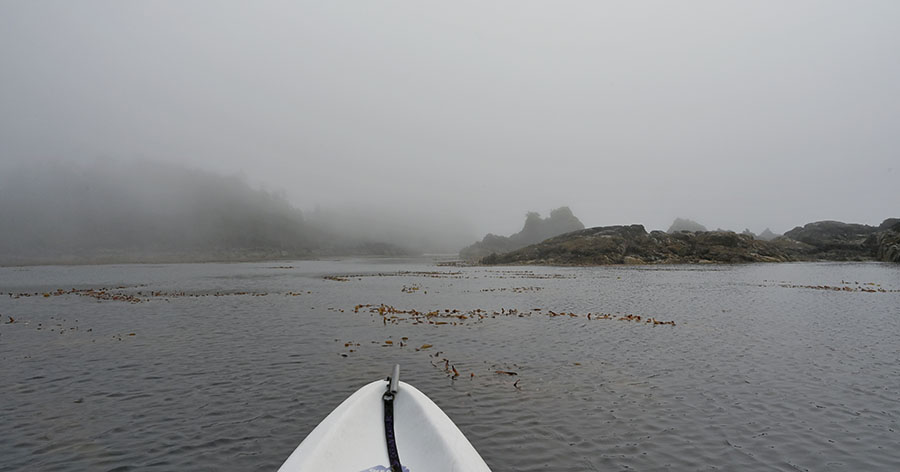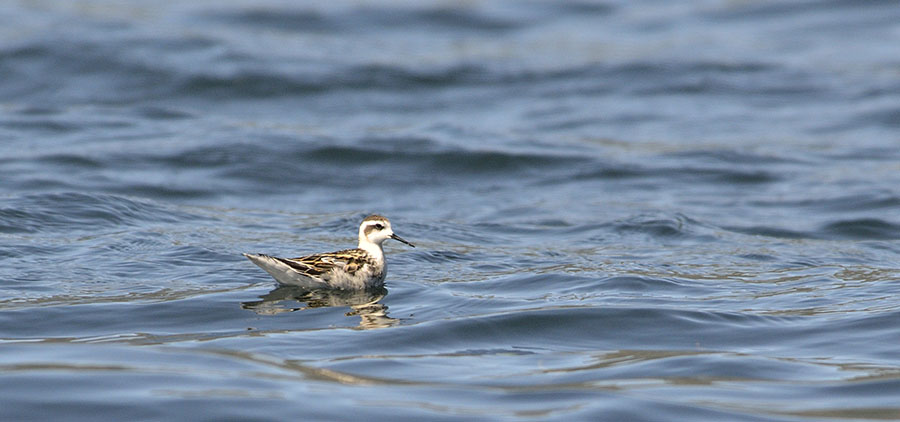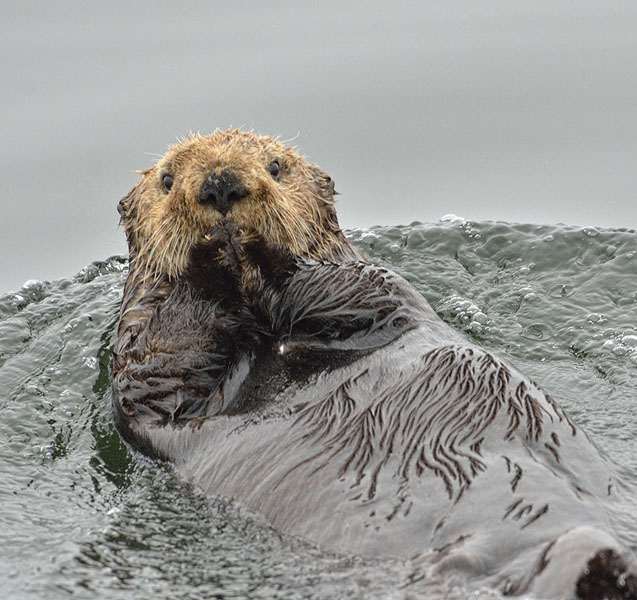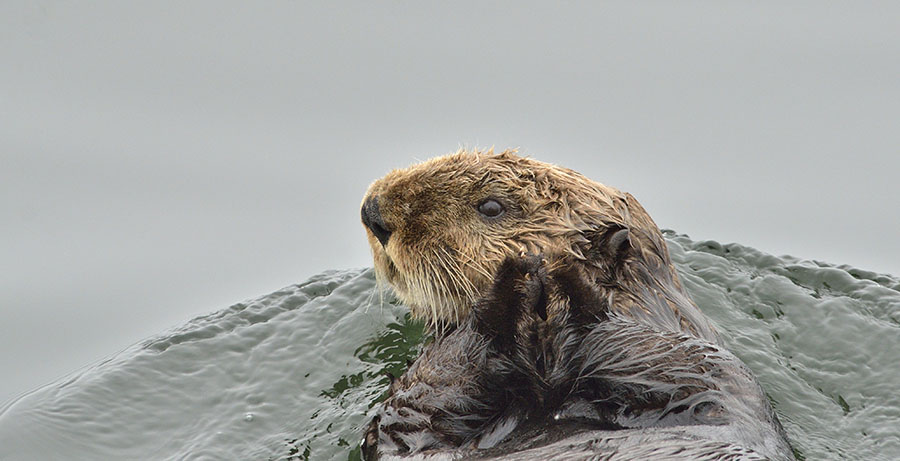We’ve enjoyed amazing weather these past few weeks, with bright days, light winds and flat ocean conditions for traveling. It can’t last. You can see the southen part of Baranof Island on the map below, with those glorious deep fjords, myriad lakes, mountains and anchorages to visit. Too much to see in one season. The places I labeled in blue are the bays we visited, shortening our stays and skipping a couple of spots as the weather pattern started to change.
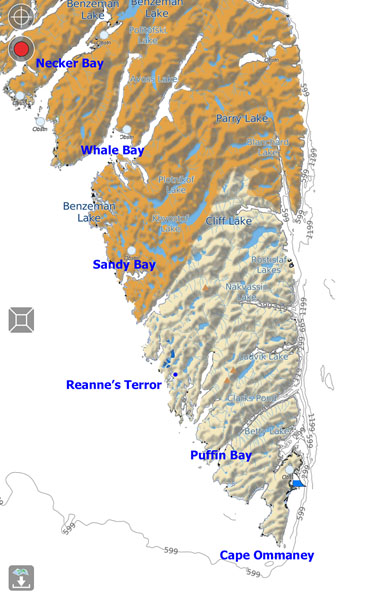
The last time we were on the outside coast here we made it as far as Whale Bay where we had to hunker down in the aptly named Still Harbor waiting for the weather to ease. It never improved much, but was predicted to get much worse in the coming days so we headed back towards Sitka and protected waters. This time we were determined to explore much more of Whale Bay, but a long finger of thick fog came off the ocean and extended up both arms of the fjord all day and into the next. We had clear weather in the anchorage, and enjoyed watching the dozen or so harbor seals dozing on the rocks, but we weren’t going to see anything if we headed farther into the bay. As soon as we got back out in the ocean the next morning the skies cleared to reveal sea otters…
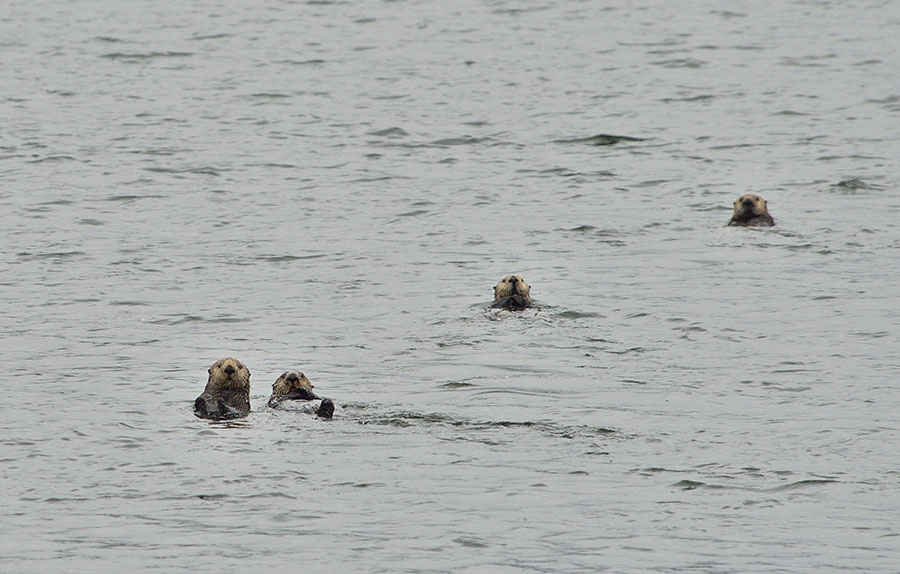
…and birds – horned puffins, sooty shearwaters, red-throated loons, murrelets, common murres, cormorants and (of course) gulls.
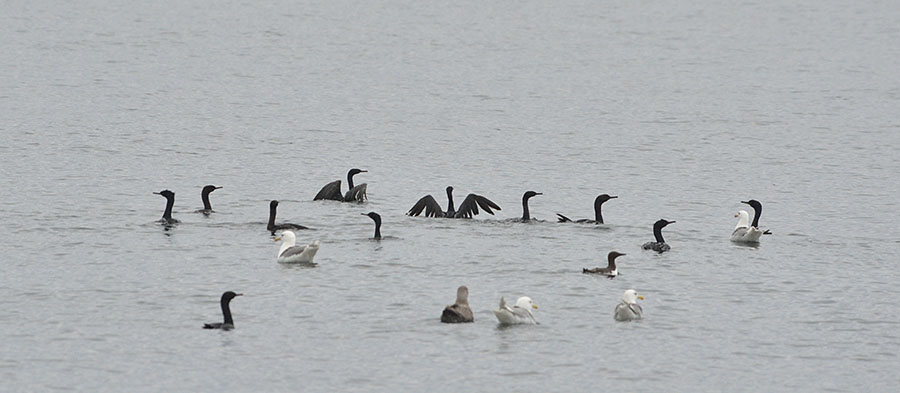
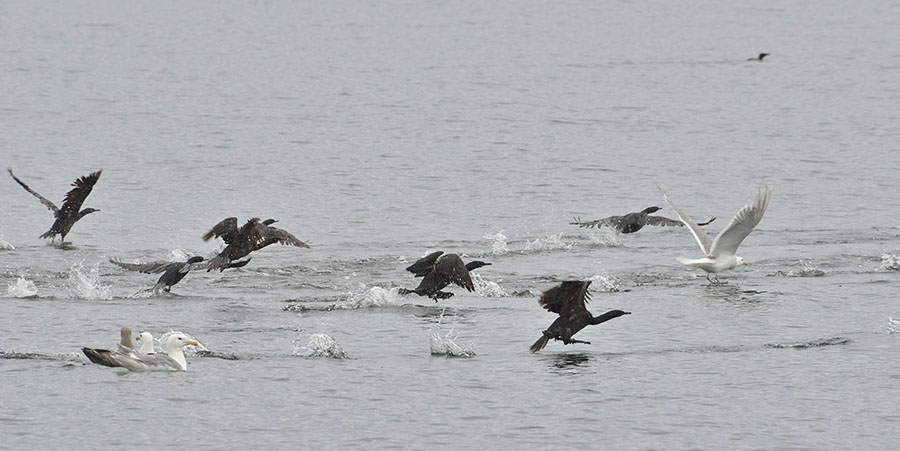
Friends who were commercial trollers in this area recommended Sandy Bay, and wow – what a beautiful place! As we turned the corner into protected waters we saw a tall cascade waterfall and some rhinocerous auklets bobbing around (I didn’t get a good photo – they were pretty shy.)
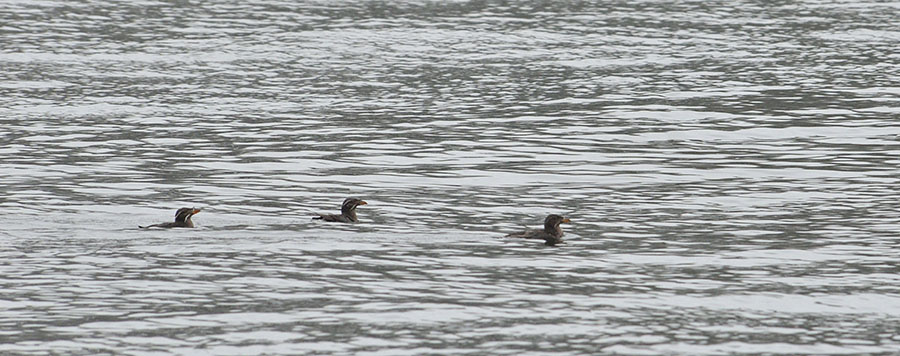
I’ve had a few people complain lately that the only human they ever see on the Blog is Jim. I hate having my picture taken, but I took this one to silence the critics…
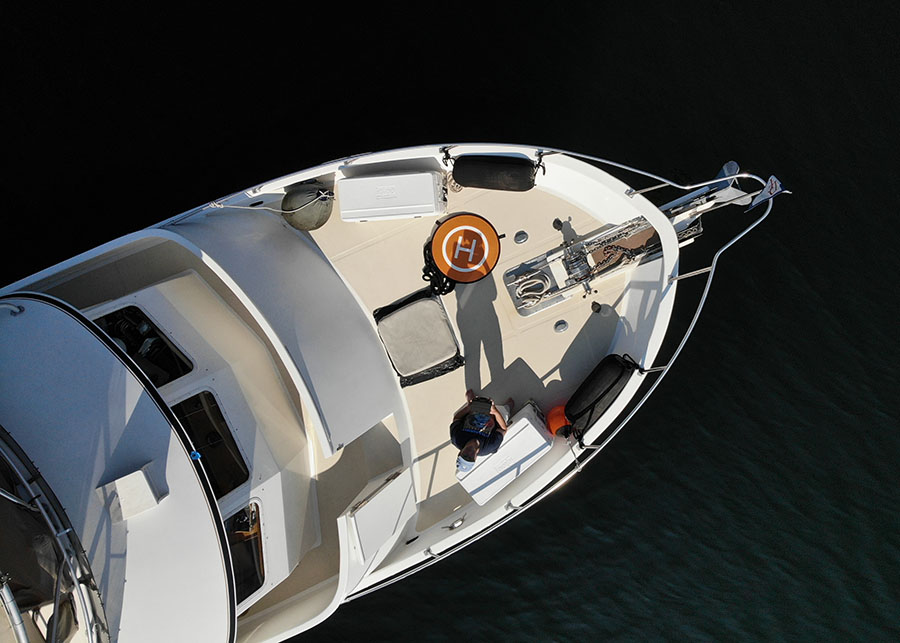
…and Jim got one while I wasn’t looking.
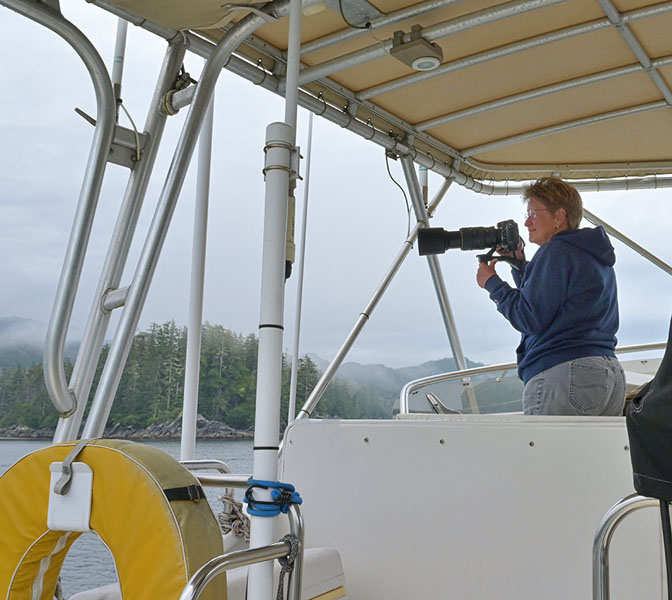
I did my usual exploration by kayak, waiting for high tide so I could get up the creek near our anchored boat. No fish and no bears… but it was certainly beautiful.
The next day we headed farther south to anchor in No Name Bay, known in the Douglass cruising guidebook as “Reanne’s Terror”. In the video below you can see how nice and flat calm the ocean is on this overcast day, but look closely at the rocky entrance and notice that it’s scoured bare to a considerable height. Now imagine the ocean on a grumpy day and picture the waves crashing there!
I paddled the entire bay…
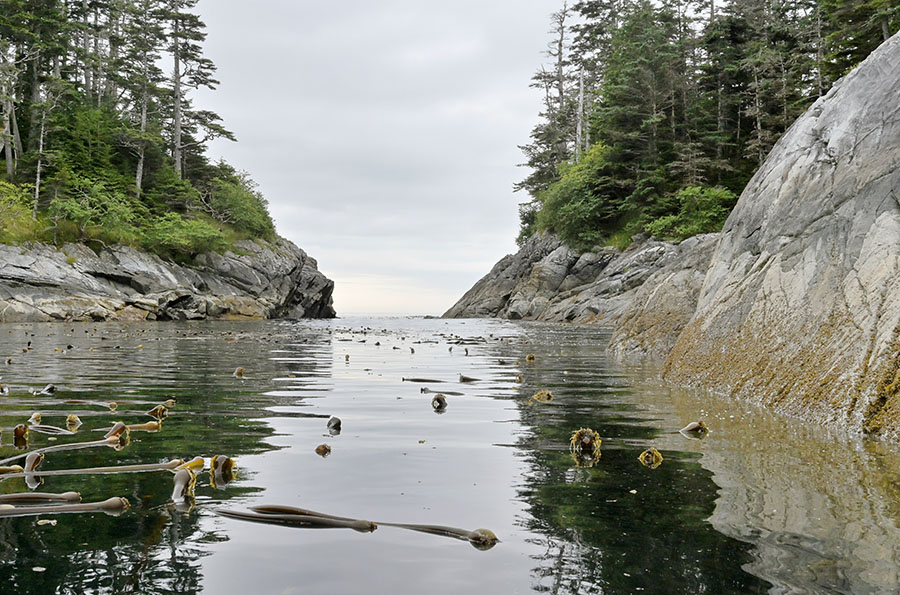
…savoring the silver snags on shore and the bright sea stars that really popped against the monochrome of the gloomy day.
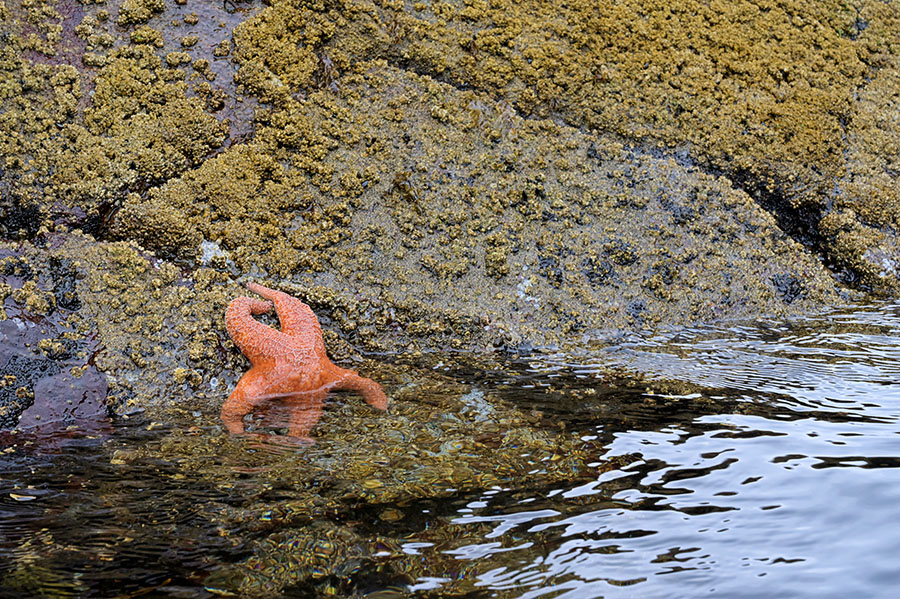
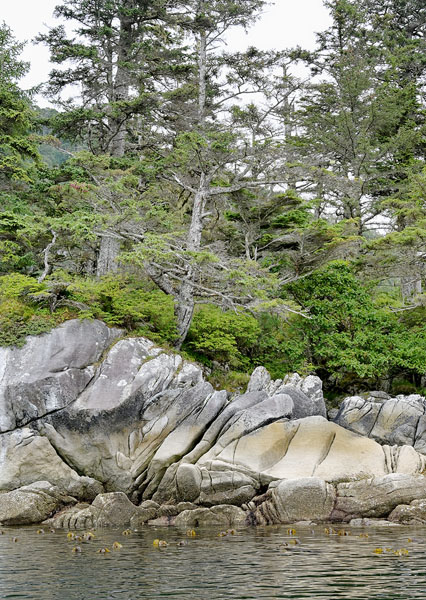
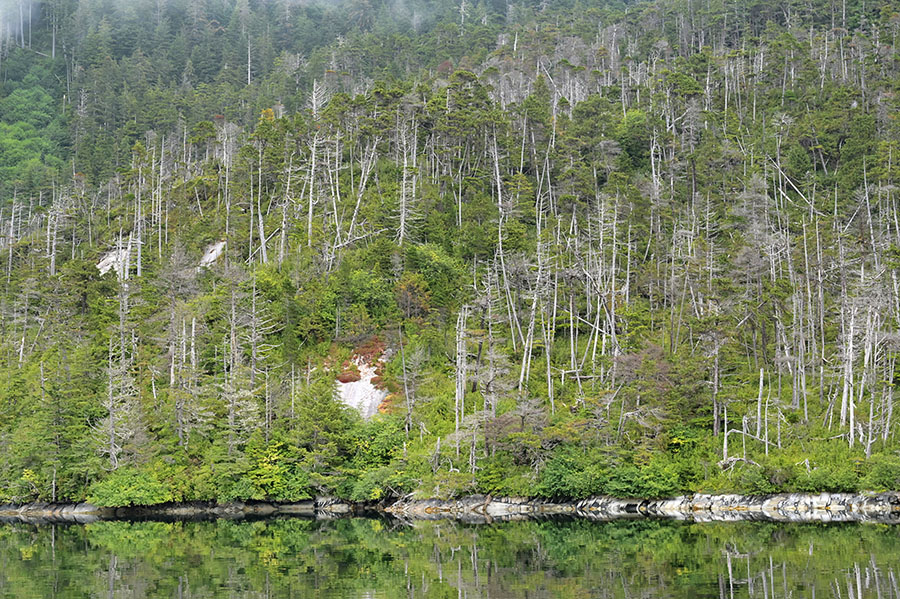
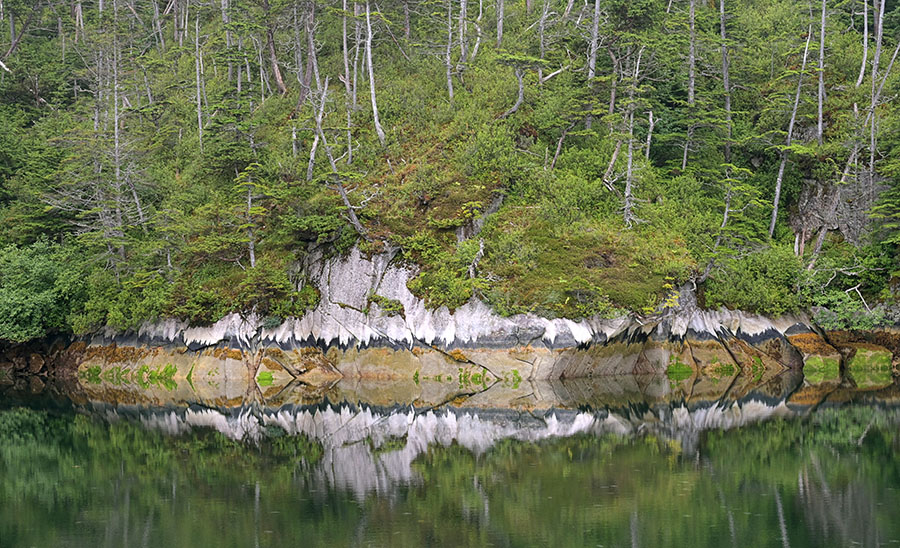
I spotted a mink and an orange crowned warbler in my kayak travels – something special!
Our weather window was definitely starting to close in a couple of days so we skipped Redfish Bay and headed to Puffin Bay – the closest good anchorage before rounding Cape Ommaney. Right at the head of the bay we turned out of the fog into a gorgeous protected cove with a nice looking salmon stream. But no bears. The streams are no where near their normal levels because of the very dry summer (we’re in a drought), and the increased water temperature is impacting the salmon populations. Bad for the fish, bad for the fishermen, and bad for the bears.
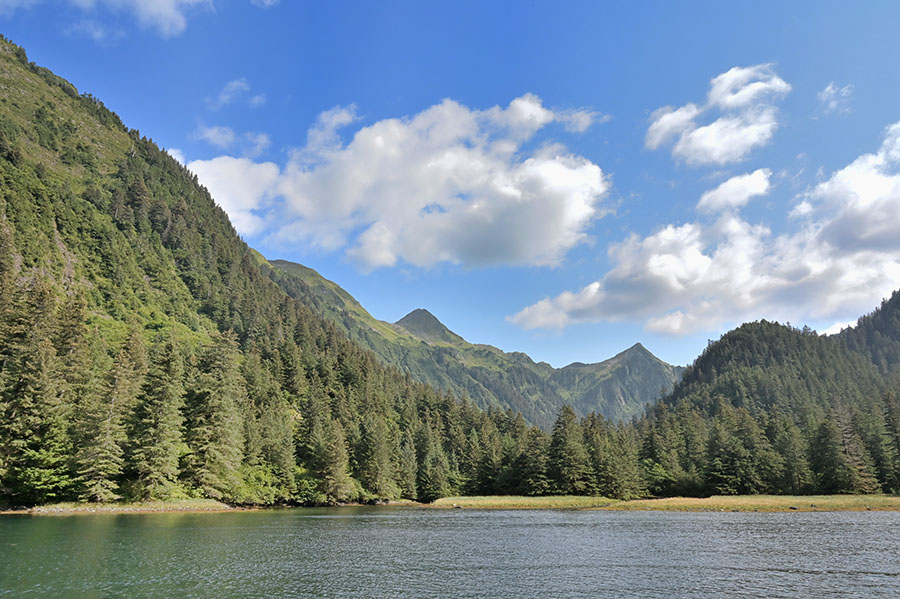
Not surprising, we had a foggy trip down the coast and around Cape Ommaney… this month is “Fog-ust”, after all. As we got across the entrance to Chatham Strait, we spotted a number of trollers and whales, plus more rhinocerous auklets.
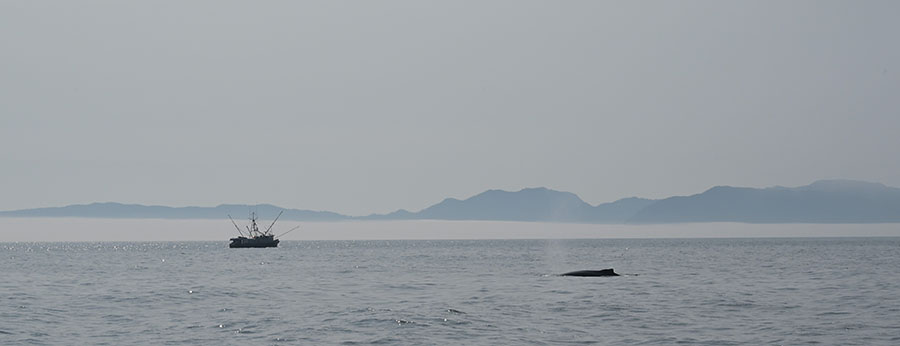
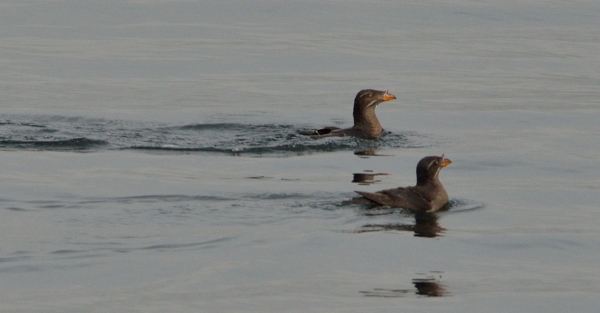
We tucked into the cove at Warren Island, and I’ll tell you about Warren and Sea Otter Sound next time.

